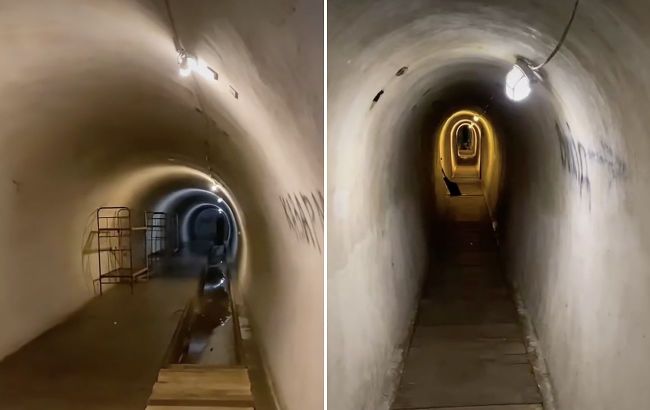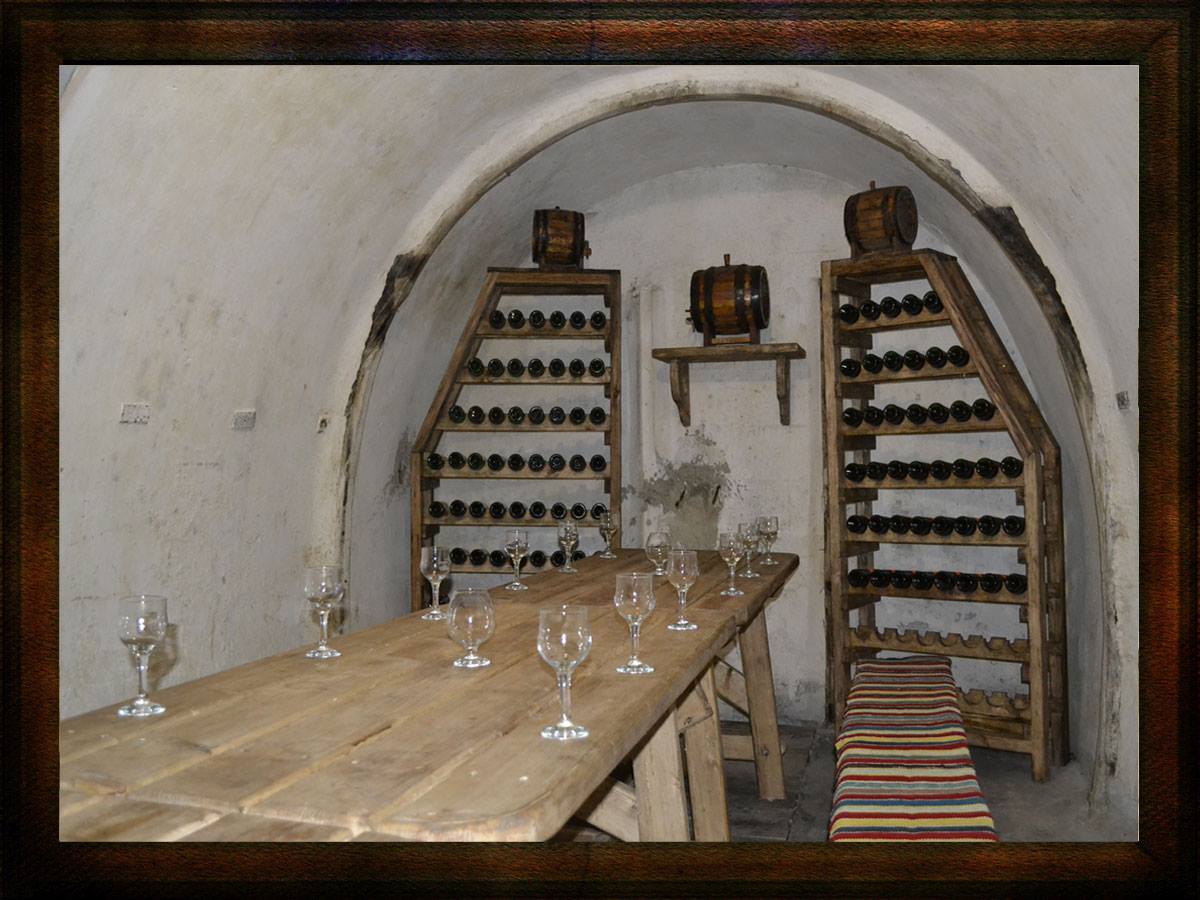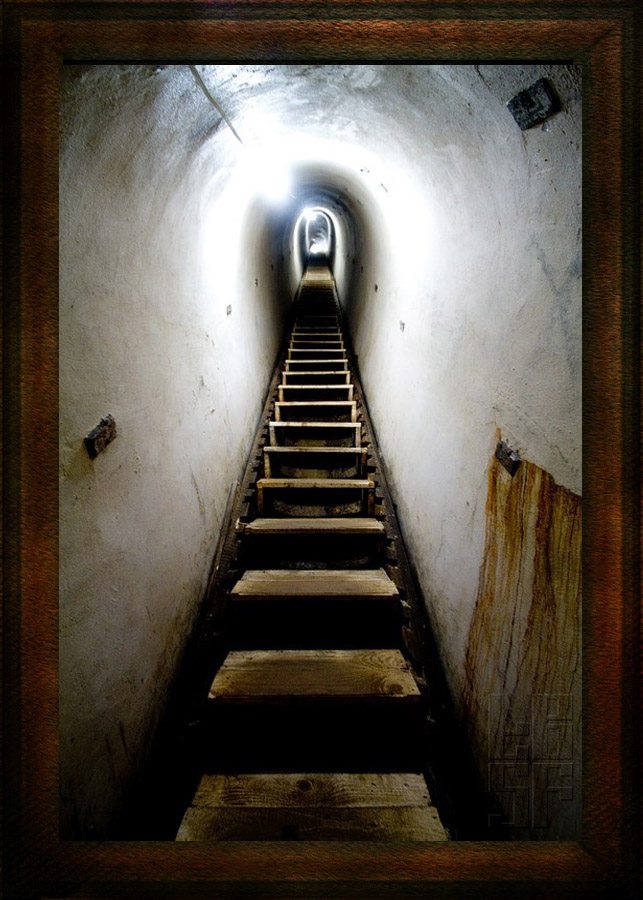Inside Ukraine's hidden WWII bunker: Arpad Line's secret past
 The largest World War II bunker in Zakarpattia (Collage: RBC-Ukraine)
The largest World War II bunker in Zakarpattia (Collage: RBC-Ukraine)
In Zakarpattia, among the mountain slopes, the bunkers of the Árpád Line have been preserved. This is the defense system of World War II, which Hungary built as a shield against the Soviet army. The massive structures were intended to be an impregnable fortress, but never fulfilled their main function. Where is the most famous bunker in Zakarpattia, and why was it never used?
What are the Árpád Line bunkers?
This was a powerful defensive line stretching 600–700 kilometers, created by Hungarian troops in the Eastern Carpathians from 1939 to 1944. It consisted of numerous trenches, pillboxes, strongpoints, and concrete fortifications.
The goal was to protect the Carpathian watershed ridge. The extreme points in the Ukrainian Carpathians were the Dukla Pass in the west and the Yablunytsia Pass in the east near Rakhiv.
In the Ukrainian Carpathians, the line of fortifications stretched almost 300 kilometers. Another 400 kilometers extended through the Romanian Carpathians.
 Bunker in Zakarpattia (photo: facebook.com/arpadline)
Bunker in Zakarpattia (photo: facebook.com/arpadline)
Bunker in Verkhniy Hrabivnytsia
The most famous site is the bunker in the village of Verkhnia Hrabivnytsia in the Mukachevo region. It is a complex of several concrete casemates and underground passages. The structure was designed to house a garrison, ammunition storage, and a command post.
It reaches a depth of 50 meters and consists of five entrances, four of which are long-term defensive points (DOTs). Tunnels connect the underground rooms, which contain engineering rooms, communication nodes, barracks, a hospital, a kitchen, and storage areas.
Although the bunker in Verkhniy Hrabivnytsia was ready for operation, it was never used in combat.
Main reasons:
- Insufficient garrison numbers
- The rapid advance of the Red Army in 1944
- Change in military strategy, favoring mobile units over static fortifications
What happened to this bunker
The bunker was partially filled in and littered, but thanks to the efforts of local enthusiasts and entrepreneurs, it was cleared and restored.
Today, the bunker is a historical landmark and a tourist attraction. It houses a museum exhibit, and guided tours are held.
Visitors can explore the casemates, underground corridors, and equipment, and learn about the historical events related to the defense of Zakarpattia during World War II.

Bunker in Zakarpattia (photo: facebook.com/arpadline)
Why the bunker remained empty
- Construction was not fully completed. Some fortifications remained as empty “boxes” without equipment or internal systems
- Outdated strategy. The war already demanded mobile forces, not static defensive lines
- Lack of personnel. The Hungarian army could not provide garrisons for all fortifications
- The rapid advance of the Red Army. Soviet troops in 1944 quickly broke through the Carpathians
You may be interested in:
- Where in Ukraine is the only active volcano
- Where is the largest underground lake in Ukraine, and can you swim there
Sources: arpad-line.com, Karpaty.Info, Wikipedia, Facebook page of the Árpád Line bunker

